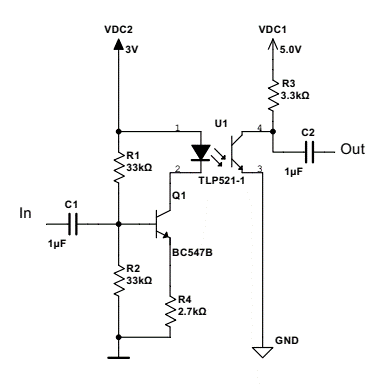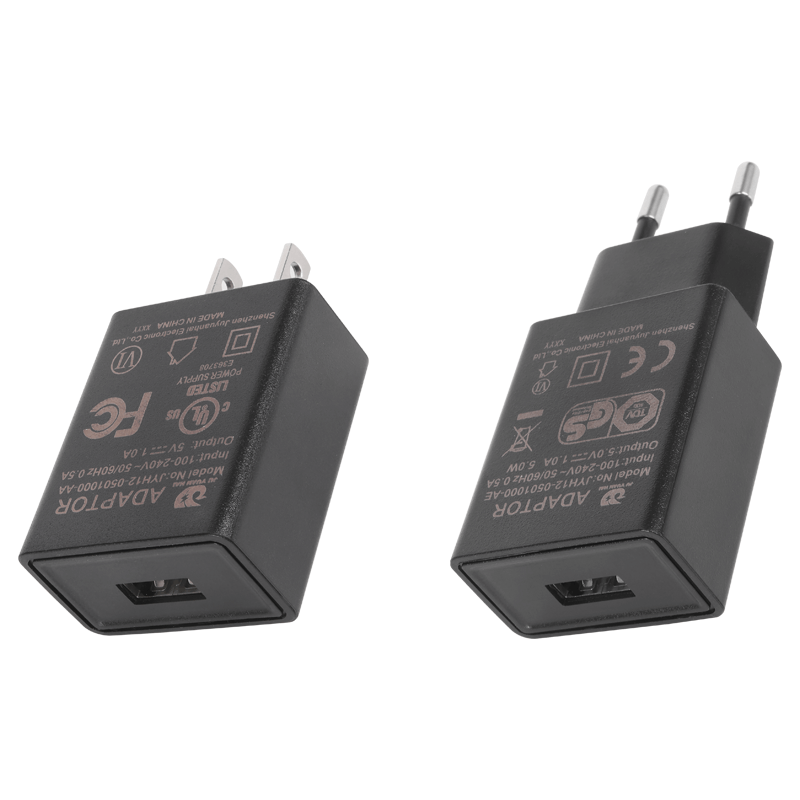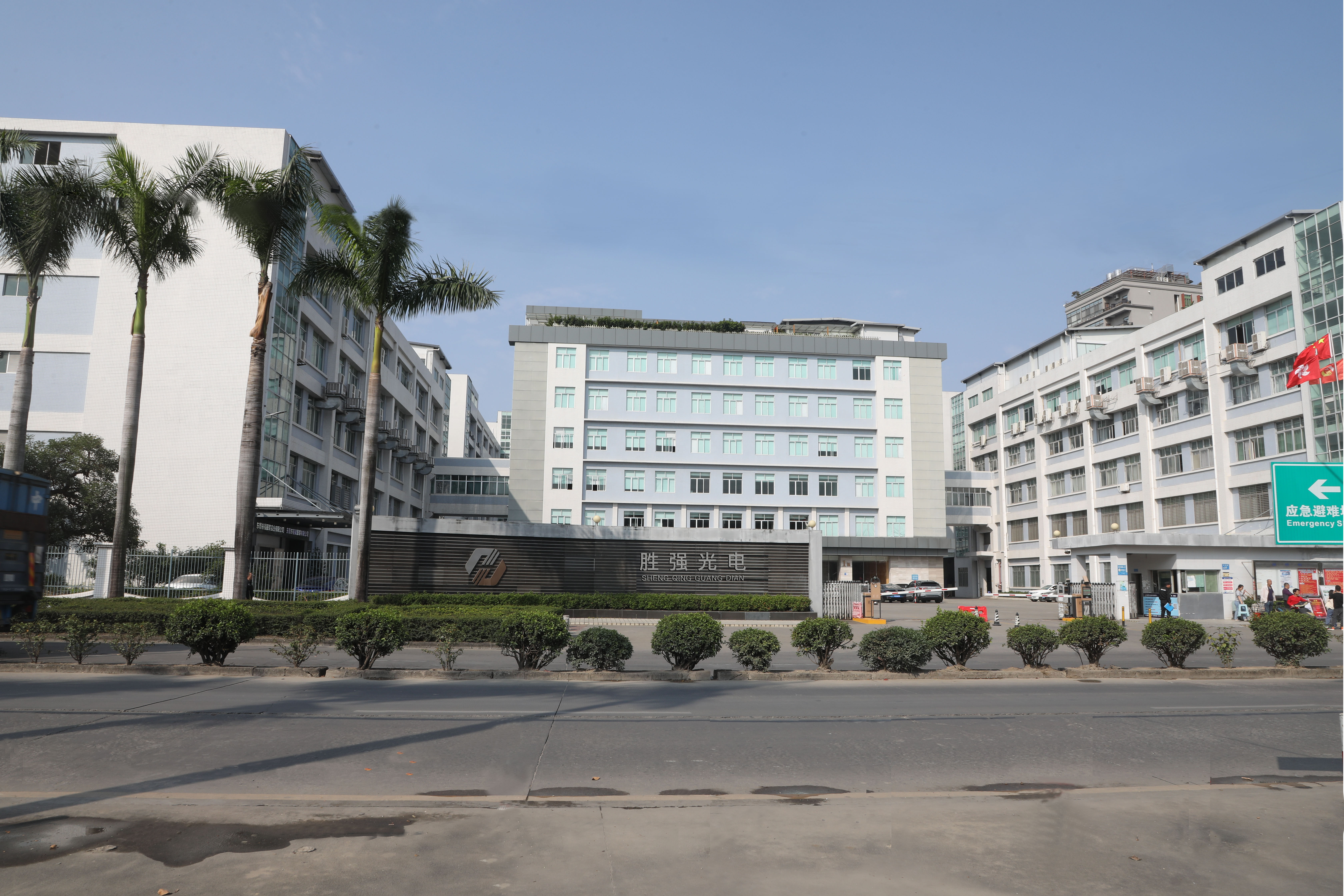
When less is more: Introducing 5G RedCap
- Consumer
- 2023-09-23 22:51:53
An exciting new feature has emerged in the third release of the 3rd generation partnership project (3GPP) 5G standard–Release 17. RedCap, short for reduced capability, will enable many use cases that only require medium throughput and latency (think IoT). While many IoT applications have lower capacity and latency requirements, they have more stringent cost and power consumption constraints not well addressed by the previous 5G standard releases. RedCap is here to fill the gap.
So, what is RedCap?
To answer this question, we need to go back in time because the advent of RedCap results from the evolution of 5G. The 5G specification first emerged in 3GPP Release 15 and has evolved tremendously. The first release focused on meeting the demands of the enhanced mobile broadband (eMBB) use case for high-speed data rates and capacity, specifying a new air interface to enable greater data throughput and laying the groundwork for low latency and higher reliability applications.
Release 16 raised the bar on latency and bandwidth. In addition to bringing enhancements over Release 15 for capacity and operational efficiency, this release expanded 5G’s reach into new verticals, including the industrial internet of things (IIoT).



However, something was missing. Many IoT use cases do not have high throughput and tight latency requirements, yet time, cost, and power consumption are important considerations for these applications. The latest 5G release from the 3GPP (Release 17) addresses the needs of these use cases with RedCap.
RedCap introduces support for wireless devices with reduced capabilities in the 5G specification. These devices are less complex, lower cost, and consume less power than their 5G counterparts. The 3GPP technical report (TR) 38.875 specifies three use cases for RedCap devices, including industrial sensors, surveillance devices (critical for smart cities and factories), and health wearables. The 3GPP TR specifies the maximum data rate, end-to-end (E2E) latency, and service availability for each use case, as shown in Table 1, and other requirements.

Table 1 RedCap use cases in 3GPP TR 38.875.
How does RedCap work?
RedCap implements several strategies to reduce the complexity, cost, and power consumption of 5G devices. One of the main cost-reduction strategies is to use fewer antennas in the device, which also reduces the maximum number of multiple-input multiple-output (MIMO) layers. RedCap devices only support 2×2 MIMO for the downlink and single-input single-output (SISO) for the uplink.
RedCap devices also support lower bandwidths than other 5G terminals. These devices only support bandwidths of 20 MHz for frequency range 1 (FR1) and 100 MHz for frequency range 2 (FR2). Lower bandwidths reduce power amplifier (PA) costs.
In addition, RedCap can use half-duplex frequency division duplex (HD-FDD) transmission instead of full-duplex FDD (FD-FDD), which prevents the device from transmitting and receiving data on different frequencies at the same time. Half-duplex FDD operation helps reduce costs by eliminating the need for isolating the transmit path from the receive path in a device that supports simultaneous two-way communications. RedCap devices can thus use switches instead of duplexers.
While RedCap cost-reduction strategies also generate energy savings, these devices employ other means to reduce power consumption more effectively. To start, RedCap reduces the number of blind decoding (BD) and control channel element (CCE) limits monitored by the device in the physical downlink control channel (PDCCH), saving the energy the device uses to perform these tasks.
RedCap also uses the system frame number (SFN) technique to increase extended discontinuous reception (eDRX) cycles when the device disconnects from the network or becomes idle, increasing the device’s battery life significantly. Longer eDRX cycles are beneficial in specific use cases such as industrial sensors. Release 17 also allows RedCap devices to transmit data without connecting to the network.
In addition, RedCap loosens the radio resource management (RRM) requirements. Stationary RedCap devices (and other RedCap devices potentially) can benefit from the relaxations to save energy and increase battery life.
What is RedCap’s impact on device and network operation?
RedCap modifications to reduce device complexity, cost, and power consumption have implications for both devices and the network. Lower bandwidths require changes in bandwidth part (BWP) configurations for the downlink and the uplink. New information elements (IE) enable the bandwidth to adapt dynamically based on the actions taken by the device.
Low bandwidths also impact the random-access channel (RACH) procedure used by the devices to access the network. The network can specify a BWP for RedCap devices or reduce the size of the BWP for these devices to attach to the network.
Using half-duplex operation also creates issues because the devices cannot transmit and receive information simultaneously. RedCap devices do not detect scheduling information for the downlink and uplink in the same set of symbols. These devices can also not monitor downlink messages while in uplink mode and send uplink control information while monitoring the downlink.
The new signaling parameters and procedures introduced in Release 17 to enable the network to support RedCap devices require device engineers to check the compatibility of their devices to ensure connectivity. 5G device development engineers also need tools to check RedCap parameters for debugging purposes.
RedCap, filling the gap for IoT in 5G standards
RedCap is the new kid on the 5G block. Included in the latest release of the 5G specification, this exciting feature opens doors to a new array of use cases, particularly IoT applications using industrial sensors, surveillance devices, and health wearables. By lowering the complexity, cost, and power consumption for 5G devices, RedCap also has an impact on device and network operation. Testing is required to ensure device connectivity before launching RedCap devices commercially.
Jessy Cavazosis part of Keysight’s Industry Solutions Marketing team.
Related articles:
Creating more energy-efficient mobile networks with O-RANWhat’s new in Wi-Fi 6E networks? More interference testingSub-terahertz research in 6G wireless: Where should you start?5G mobile network test: The secret ingredient for proficient 5G networksDesigning and testing industrial devices for 5G private networksWhen less is more: Introducing 5G RedCap由Voice of the EngineerConsumerColumn releasethank you for your recognition of Voice of the Engineer and for our original works As well as the favor of the article, you are very welcome to share it on your personal website or circle of friends, but please indicate the source of the article when reprinting it.“When less is more: Introducing 5G RedCap”









